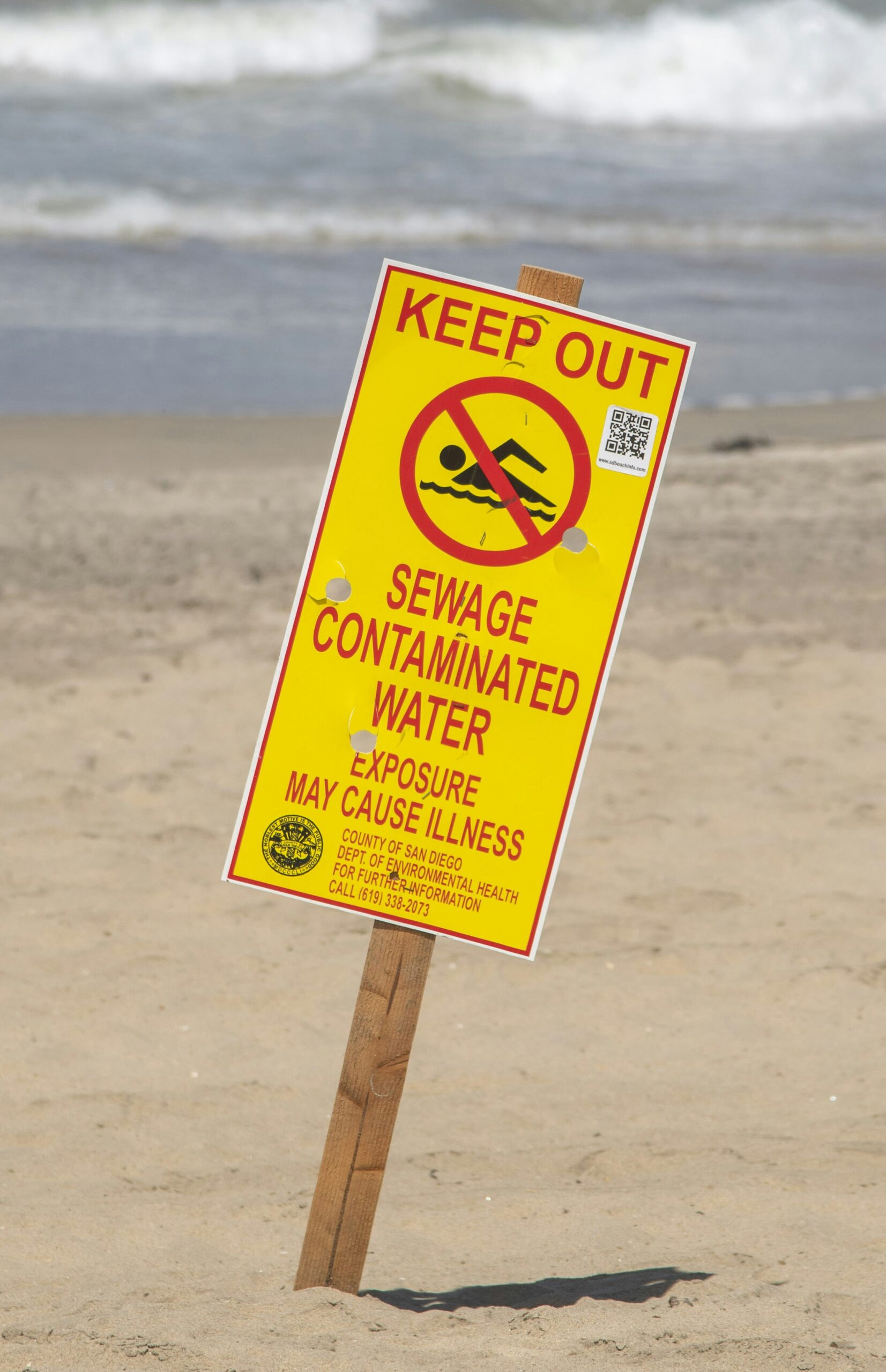In Central Washington, communities are grappling with the distress and frustration stemming from their drinking-water wells being contaminated by ‘forever chemicals’, also known as PFAS. These man-made substances, which are notorious for persisting in the environment and human body, have infiltrated hundreds of wells, raising concerns about health impacts and safety. Residents are not only facing emotional turmoil but are also demanding answers and action to protect their vital water resources. This article delves into the heartache and anger of those affected, shedding light on the broader implications of water contamination in the region. Have you ever considered what’s lurking in your drinking water? Imagine the heartache and anger you’d feel discovering that the water you and your family have been consuming daily is tainted with harmful chemicals. This is the harsh reality for many residents of Central Washington. Their drinking-water wells have been contaminated by so-called ‘forever chemicals,’ leaving communities distressed and demanding answers.

What Are ‘Forever Chemicals’?
Definition and Origins
‘Forever chemicals,’ scientifically known as per- and polyfluoroalkyl substances (PFAS), are a large group of human-made chemicals that have been used since the 1950s in a variety of products. Their resistance to water, grease, and stains made them attractive for everything from non-stick cookware to firefighting foams and waterproof clothing.
Environmental and Health Impact
What makes PFAS particularly concerning is their persistence in the environment and the human body. They don’t break down over time, hence the nickname ‘forever chemicals.’ Studies have linked PFAS exposure to various health issues, including cancer, liver damage, decreased fertility, and increased risk of asthma and thyroid disease.
The Extent of Contamination in Central Washington
Detection and Sources
Recent testing in Central Washington revealed that hundreds of drinking-water wells are contaminated with PFAS. These wells primarily draw water from underground aquifers, which have been polluted by runoff from industrial sites, military bases, and areas where PFAS-containing firefighting foams have been used.
Impact on Communities
For the residents dependent on these wells, the discovery was devastating. Imagine realizing that the water you’ve trusted for drinking, cooking, and bathing is loaded with harmful chemicals. The uncertainty and fear alone are overwhelming, not to mention the potential health risks.
The Response From Authorities
Initial Steps
Upon detecting the contamination, local and state authorities have taken steps to address the situation. These include providing bottled water to affected households, advising against using contaminated water for drinking and cooking, and initiating plans to install filtration systems.
Long-term Solutions
Efforts are underway to investigate the full extent of the contamination and find long-term solutions. Potential measures include digging new wells, decontaminating existing ones, and implementing stricter regulations on the use and disposal of PFAS.
Understanding the Testing Process
How Testing Is Done
PFAS testing typically involves collecting water samples and analyzing them for specific contaminants using advanced laboratory techniques. These tests measure PFAS concentrations in parts per trillion, a tiny scale that indicates how small, yet significant, the presence of these chemicals can be.
Frequency and Regulations
The Environmental Protection Agency (EPA) has set health advisories for PFAS levels in drinking water, though there is no enforceable federal standard yet. States have begun to implement their regulations, often requiring regular testing and remediation if PFAS levels exceed safe limits.

Residents’ Reactions and Actions
Heartache and Anger
The emotional toll on residents has been profound. Many express feelings of betrayal and frustration, questioning how long they’ve been exposed and the potential long-term effects on their families’ health.
Community Action
Communities have rallied, organizing meetings, demanding more transparency from authorities, and pushing for faster and more comprehensive action. Legal actions, including lawsuits against companies responsible for the contamination, are also being pursued.
Health Implications
Short-term Effects
Short-term exposure to high levels of PFAS in drinking water can result in a variety of symptoms, including digestive issues, headaches, and skin rashes. However, these symptoms are often vague and overlooked or misattributed to other causes.
Long-term Health Risks
Long-term exposure, as suggested by numerous scientific studies, is far more worrisome. Key health risks include:
- Cancer: Particularly testicular and kidney cancer
- Immune System Effects: Reduced vaccine effectiveness in children
- Thyroid Disease: Disruptions in thyroid hormone production impacting metabolism and energy levels
- Reproductive Issues: Reduced fertility and developmental problems in fetuses and infants

Mitigation and Prevention Strategies
Personal Measures
While the community awaits long-term solutions, here are some steps you can take to protect yourself:
- Use Bottled Water: For drinking and cooking.
- Install Water Filters: Look for activated carbon filters or reverse osmosis systems certified to remove PFAS.
- Regular Testing: Test your well water regularly to monitor PFAS levels.
Legislative and Regulatory Efforts
Government bodies are increasingly recognizing the need for stringent regulations on PFAS. Actions include:
- Enforcing Limits: Setting maximum allowable levels for PFAS in drinking water.
- Banning Use: Phasing out PFAS in consumer products and industrial applications.
- Funding Cleanup: Allocating resources for contaminated site cleanup and support for affected communities.
Conclusion: The Road Ahead
The story of Central Washington’s tainted drinking-water wells is a cautionary tale, echoing a nationwide and global concern about ‘forever chemicals.’ It’s a stark reminder of the need for vigilant environmental regulations and proactive public health measures. Your voice and vigilance can prompt necessary actions to ensure safer, cleaner water for everyone. As we navigate this ongoing crisis, the hope is to turn heartache and anger into action and resolution for affected communities.


